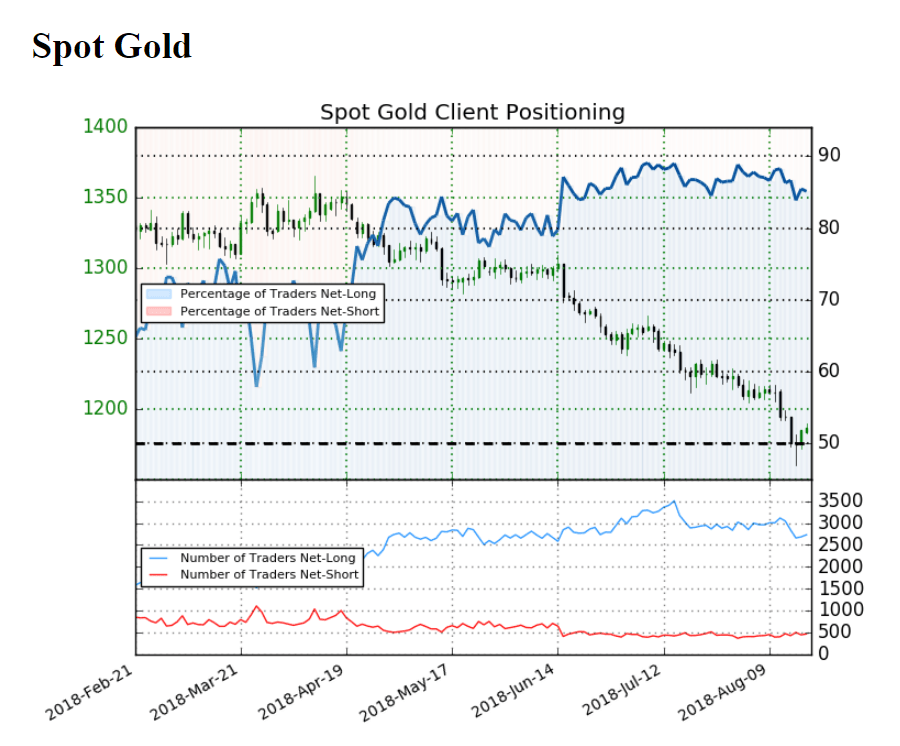Alright, let’s talk gold. As of midday trading today, April 15th, 2025, Shanghai gold is trading at a hefty 762.75 yuan per gram. Now, compare that to the international spot price of 758.65 yuan per gram, and you’ll see a premium of 4.1 yuan per gram. This isn’t just a small uptick; it’s a statement.

This premium—the difference between the price in Shanghai and the global benchmark—is a crucial indicator of Chinese demand. When the premium widens, it scream’s one thing: Chinese buyers are eager to get their hands on physical gold. And that, my friends, is a big deal.
Let’s unpack what this means. The Shanghai Gold Exchange (SGE) is the world’s largest physical gold exchange. Activity there directly reflects the appetite of the world’s biggest gold consumer. A rising premium signals increased retail demand, often linked to economic uncertainty or a weakening yuan.
Here’s a quick knowledge boost for those newer to the gold game:
Gold premiums are not uncommon. They’re essentially the cost of importing, refining, and distributing gold. But significant premiums, like the one we’re seeing today, are where things get interesting.
Think of it this way: if everyone’s trying to buy the same limited supply, the price will go up. This is pure supply and demand in action. The higher the demand, the wider the premium.
Historically, a widening Shanghai premium has often foreshadowed increases in global gold prices. While it’s not a perfect correlation, it’s a signal savvy investors pay attention to.
A weaker Yuan can also incentivize Chinese gold buying, as gold is often seen as a safe haven asset and a hedge against currency devaluation. This increases the demand and widens the premium.
Keep your eyes on this premium. It’s not just a number; it’s a barometer of sentiment and potential future moves in the gold market. Don’t sleep on this!





